The Japanese chimera with magical powers
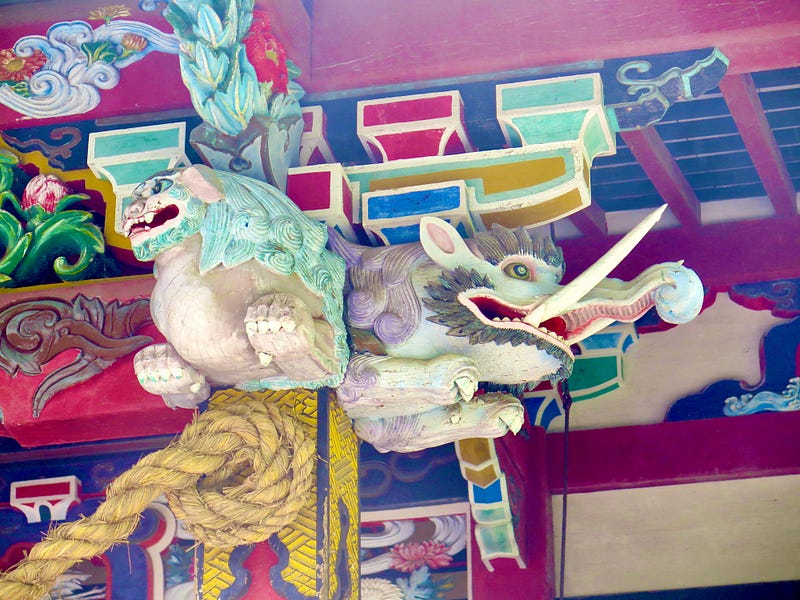
If you’ve ever visited a Japanese Shinto shrine or Buddhist temple, you may have noticed some rather unusual creatures just under the eaves.
At first glance, they seem to be elephants. But there were no elephants in Japan until recent history, so where did that idea come from?
A little closer inspection reveals a different type of feet. Paws. They are paws with claws. A tiger’s feet — or are they from a Chinese shishi lion?
The eyes aren’t quite right either. And sometimes the ears are not an elephant’s at all. Both eyes and ears seem more like those of a rhinoceros.
What’s going on?
Legend tells us that when the gods finished creating the animals, they took all the leftover bits, threw them together, and created this animal, the baku.
Baku through the years
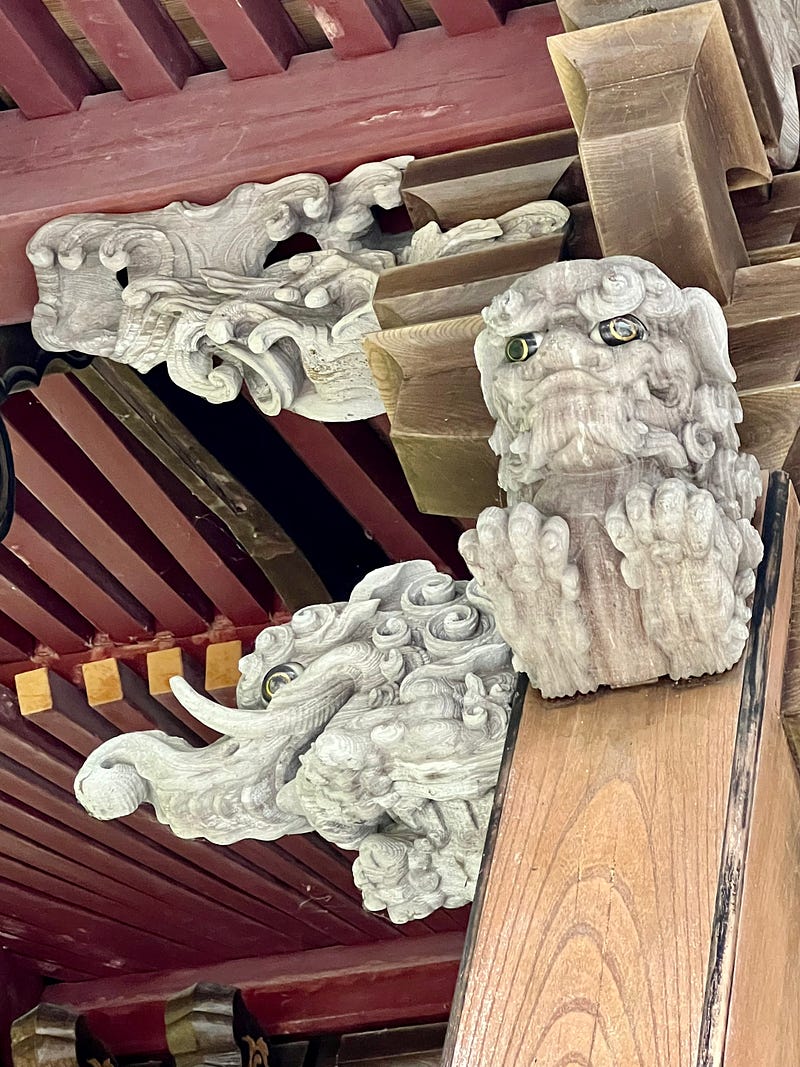
These curious creatures find their origin in ancient China, where it was believed that using a blanket or pillow made from the hide of a baku kept one safe from illness and misfortune.
Like many Chinese stories and traditions, the baku eventually reached Japan, where its powers transformed. In Japan, these magical creatures came to be known as devourers of nightmares.
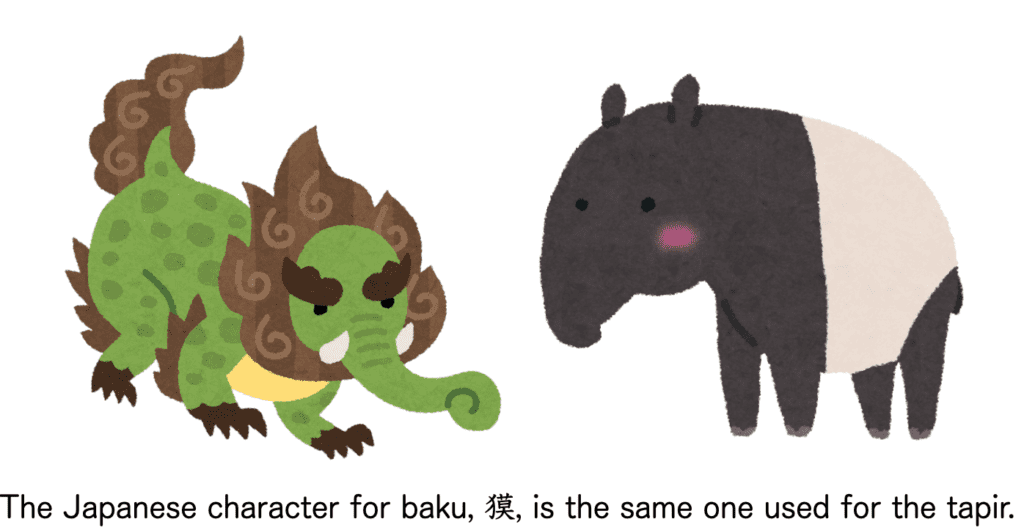
During the Muromachi period (1337-1573), people began sleeping with a picture of baku or its name written on paper placed under their pillows. So powerful is the baku that just its image or its name was enough to keep evil dreams at bay.
On New Year’s, to ensure a happy first dream, some people used to sleep with an image of the fantastical Treasure Ship that carries the Seven Lucky Gods, which was often pictured with the image of a baku on its sail. That way, they could get both good fortune and good dreams.

As the years passed, pillows began being made in the shape of a baku and sold as a talisman to protect against nightmares. Even mighty warlords like Toyotomi Hideyoshi used one.
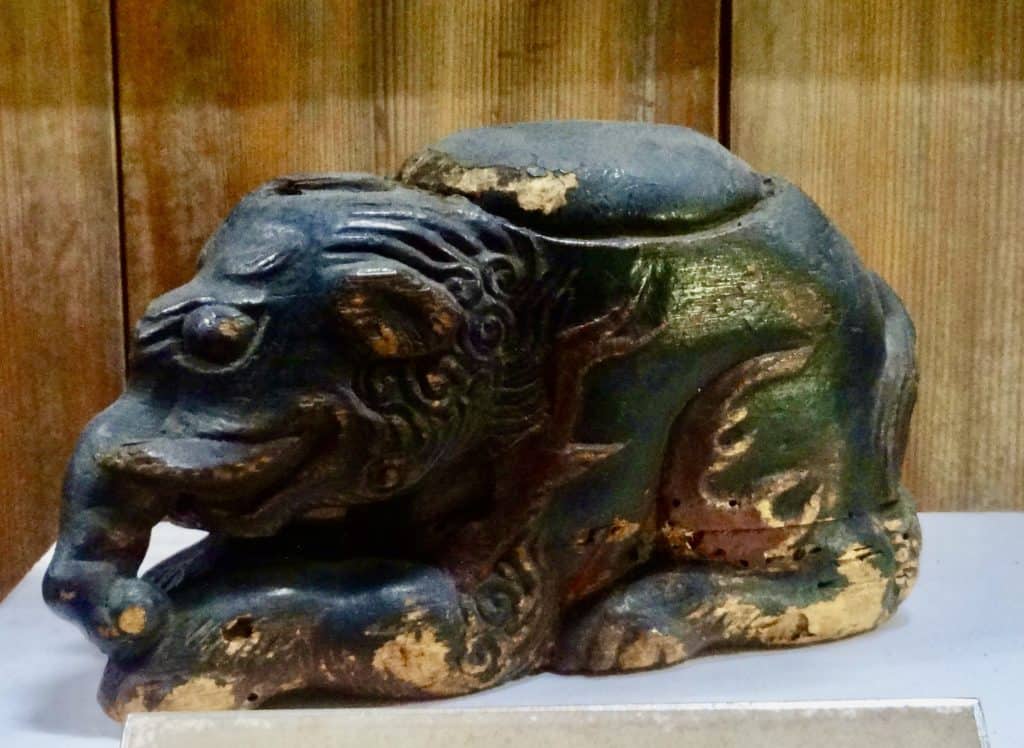
Without such a pillow, if a person wakes up from a nightmare and says, “I give this dream to Baku,” they will never experience that same dream again.
In some areas of Japan, children were taught to repeat, “Baku, eat my nightmare,” three times when they were awakened in the night by terrors.
Baku netsuke
Since Japanese kimonos have no pockets, people during the Edo era (1603–1867) started hanging small boxes, called inro, from their obi sashes. These were held in place by beautiful and intricate fob-like items called netsuke. Inro boxes could hold coins, personal seals, and other small necessities.
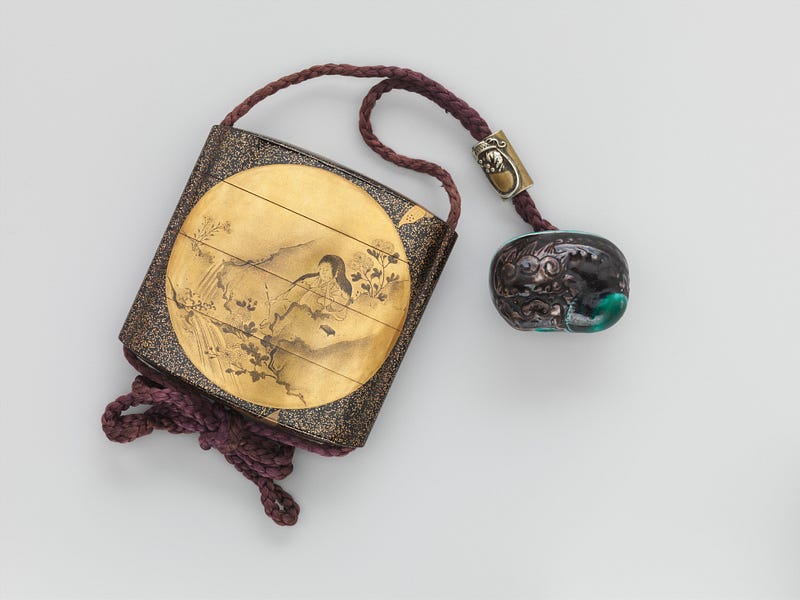
Although netsuke started out as mere utilitarian items, they developed into works of breathtaking craftsmanship.
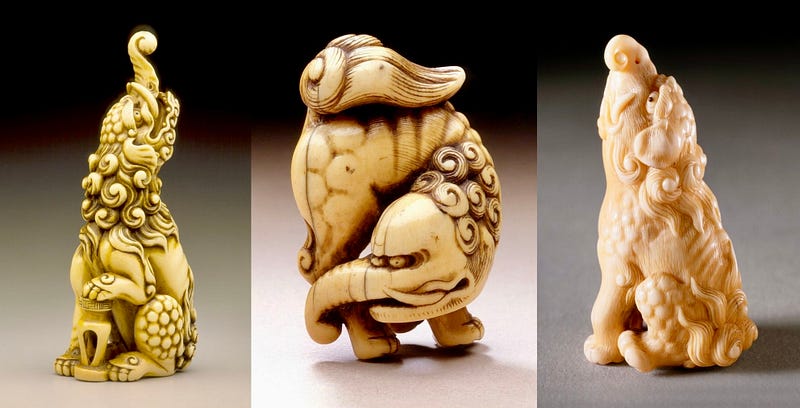
Some netsuke were of baku, like those pictured above. Perhaps they were worn for protection or perhaps just for the sheer fun of wearing such fabulous creations.
Baku today

Baku can be found all over Japan. Next time you visit a shrine or temple, look up and see if you might find one ready to devour your nightmares and protect you from harm. They come in many shapes and sizes, and they are always delightful.

If you have questions about Japan or suggestions for articles, please add them in the comments. For more photos and information on Japan, follow me on instagram at: https://www.instagram.com/more_than_tokyo/




